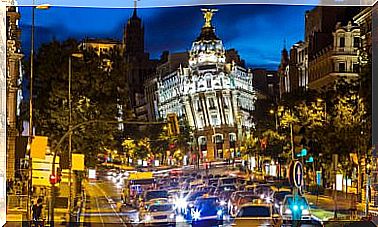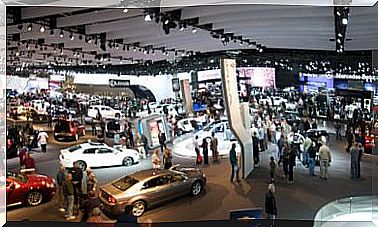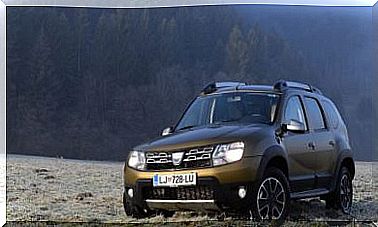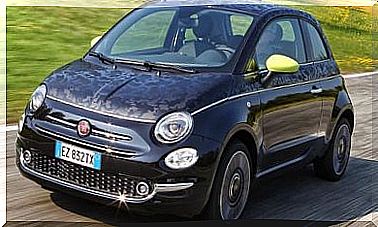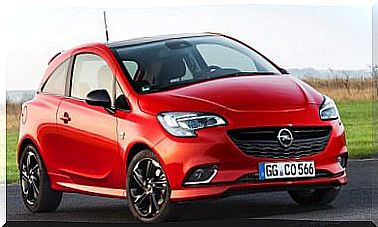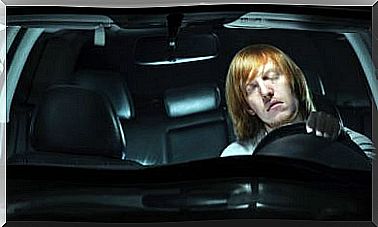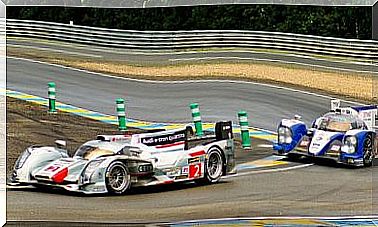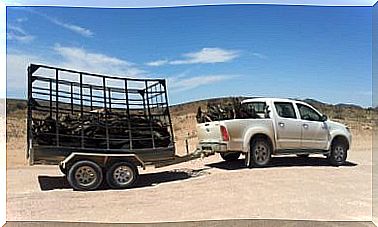Sauber C12, The First Car Of The Swiss Team
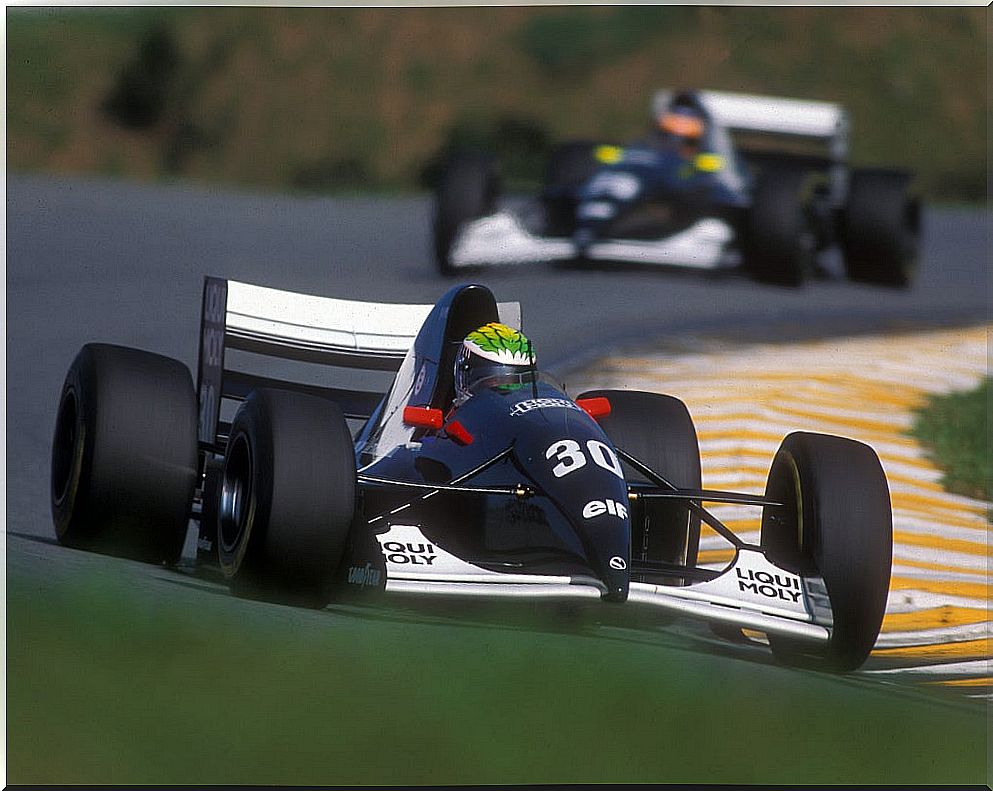
In 1993, the history of a team still in force on the Formula 1 grid would begin. With a Swiss license, the Sauber team debuted in the season in which we would see Alain Prost win his fourth and final title from Williams. However, the debuting team would be a long way from the top spots.
With this movement, Sauber landed in the premier class at the hands of Mercedes, with whom they had already dominated in the World Endurance Championship with the Sauber-Mercedes C9 and C11. What they did not know is that in their first year in the category they would break not very positive records, of dropouts.
Training
The Swiss team made their debut in 1993 with Peter Sauber at the helm as the team’s owner. From his pocket he would also run all the expenses of the new factory that they would create as the headquarters of the Formula 1 team, in Hinwil. In charge of the design of the Sauber C12 were Harvey Postlethwaite and Leo Ress.
Both would give life to a carbon fiber chassis that did the job, but showed a rather conservative design unlike its rivals. It was not a bad design, as it resembled the Williams FW14B, which was proclaimed champion the previous season.
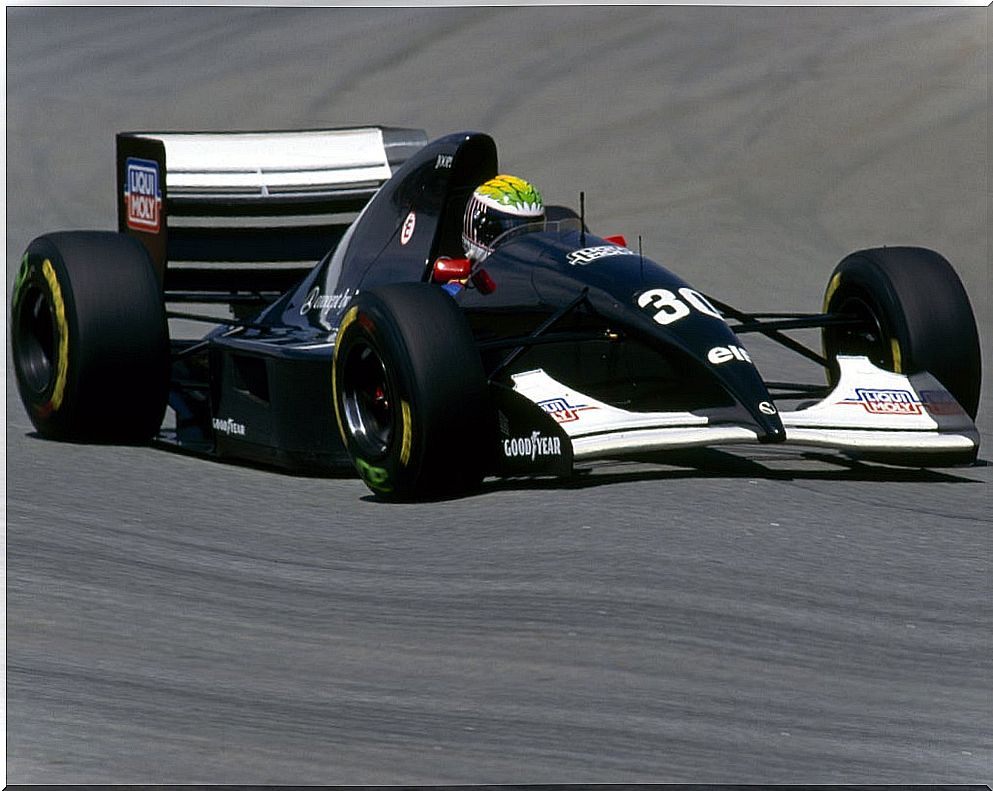
Aesthetically, the clean lines of the body were perfectly combined with a fairly simple livery, graphite gray with the spoilers in white. The absence of sponsors stands out : only the tire supplier LIQUI MOLY and the motorist Mercedes-Benz would count .
The German manufacturer would be in charge of producing a 3.5-liter V10 engine that delivered 730 hp to the rear wheels. It was limited to 14,000 revolutions, and the transmission was a six-speed semiautomatic with paddles behind the wheel. This was a technology still under development in F1.
It was not the first time that Sauber and Mercedes collaborated, and it is that both were partners in the adventure of the Swiss team in the World Endurance Championship, with the exception that for the F1 engine Mercedes had the collaboration of Ilmor. By the standards of the time, it turned out to be a reliable engine, although not without breakage.
Those in charge of piloting the Sauber C12 would be Karl Wendlinger and JJ Lehto. For the former it would be his third season in the category after two years under the umbrella of the Leyton House team. On the other hand, Lehto would bring the experience to the team, and that is because his debut in the category took place in 1989.
Sauber C12 results
The first appearance in competition of the Sauber C12 took place in the 1993 South African Grand Prix. Surprisingly the team did not leave empty, and is that despite the abandonment of Wendlinger, Lehto obtained a more than worthy fifth place. Both pilots would drop out on the next two appointments.
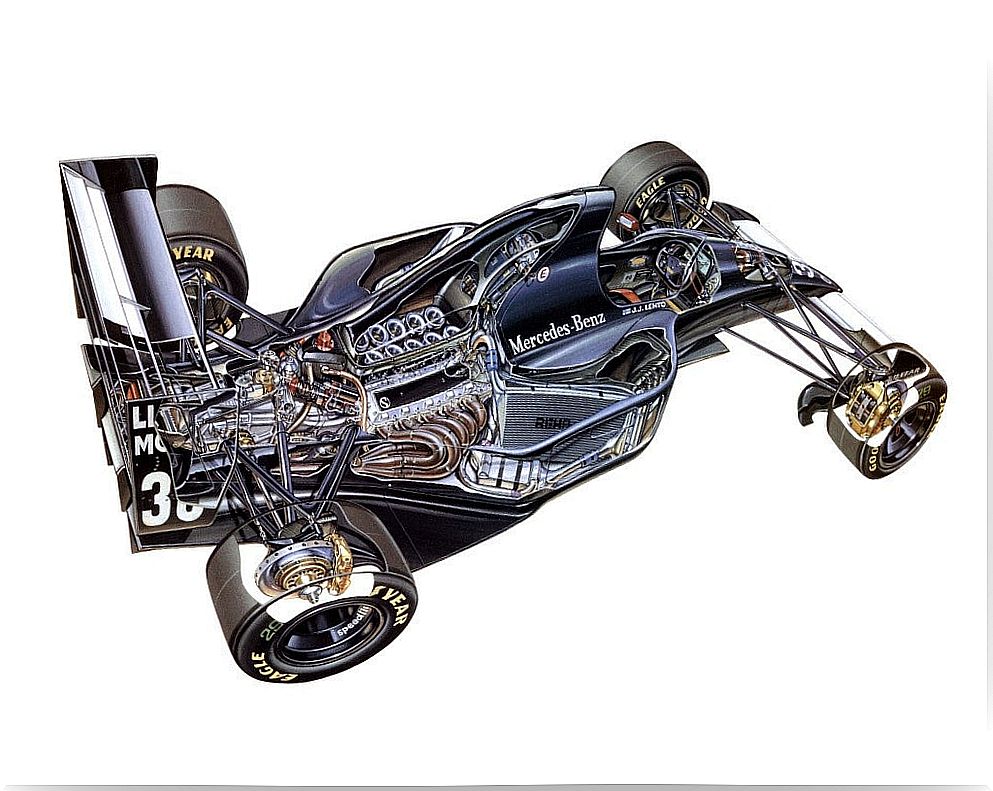
At the San Marino GP, the fourth round on the calendar, Wendlinger maintained his streak of abandonments – he would repeat himself in the following race – and his teammate was once again reaping a hopeful result. This time with a fourth place, Lehto added three points to the two he already had for a total of five.
This grand prize would mark a turning point in driver performance. Lehto would not score again all season, while Wendlinger would score an incredible seven points thanks to his performances in Canada, Hungary, Italy and Portugal.
Finally, after the 16 races that made up the calendar that year, Sauber finished in seventh position in the constructors’ standings with a total of 12 points. With these numbers, there is no doubt that the Sauber C12 was a good car to be the first in a long series.
